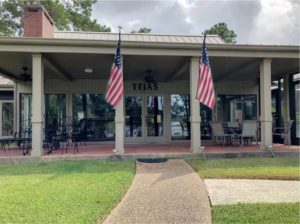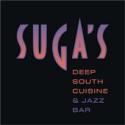Stroke strikes younger, more often in Hispanics
Each year, 795,000 Americans suffer a stroke. Though stroke has dropped from the third to the fourth leading cause of death, it remains the leading cause of long-term disability in the U.S. Even more alarming is that strokes occur more often and are deadlier for Hispanics – including young and middle-aged adults – than for other races and ethnicities. In fact, the average age for strokes among Hispanics is 67, considerably younger than for white Americans.
Not all strokes are deadly. With rapid arrival at the hospital, there is a higher chance for people to reduce long-term disability and death. It is essential that people know the signs and symptoms of stroke and what to do when they witness someone having a stroke.
In treating stroke, every minute counts. Treatments are available that greatly reduce the damage caused by a stroke. Knowing the symptoms of a stroke, making note of the time of the first stroke symptoms, and getting to the hospital quickly – within 60 minutes if possible – can help spare someone from serious long-term disability.
“Fast action is crucial in reducing the long-term disabilities and deaths associated with stroke,” says Dr. Walter J. Koroshetz, deputy director of the National Institute of Neurological Disorders and Stroke (NINDS), part of the National Institutes of Health. “If you recognize a sign or symptom of stroke in your friend or loved one, dial 9-1-1 immediately.”
A stroke occurs when blood flow to the brain is interrupted. Brain cells die when deprived of oxygen and nutrients provided by blood. Because stroke injures the brain, a person suffering a stroke may not realize what is happening. This is why NINDS recommends that bystanders act rapidly if they recognize any of the following signs of a stroke:
* Sudden numbness or weakness of the face, arm or leg (especially on one side of the body).
* Sudden confusion, trouble speaking or understanding speech.
* Sudden trouble seeing in one or both eyes.
* Sudden trouble walking, dizziness or loss of balance or coordination.
* Sudden severe headache with no known cause.
Making lifestyle changes can help prevent stroke. NINDS is addressing the high mortality rate of stroke by educating the public about the signs and symptoms of stroke and its risk factors, including high blood pressure, diabetes, heart disease, family history of stroke, high cholesterol and being overweight.
People are advised to talk to their doctors and discuss any concerns about the risk factors of stroke, and find out what they can do to address them.
More information on stroke, including how to reduce risk factors, is available from the NINDS. Order free Spanish-language materials by calling (800) 352-9424 or by visiting www.stroke.nih.gov.


















